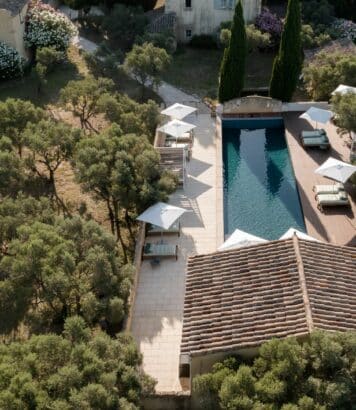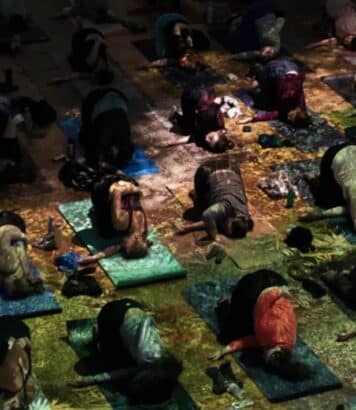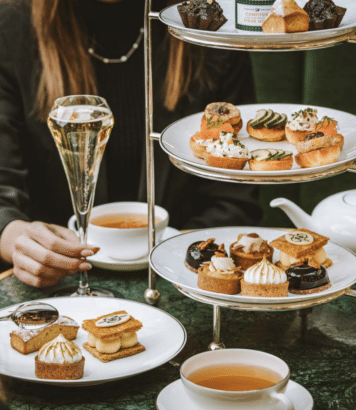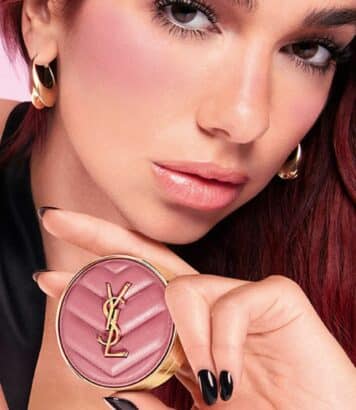The wedge heel: the icon of the 70s is back with a vengeance
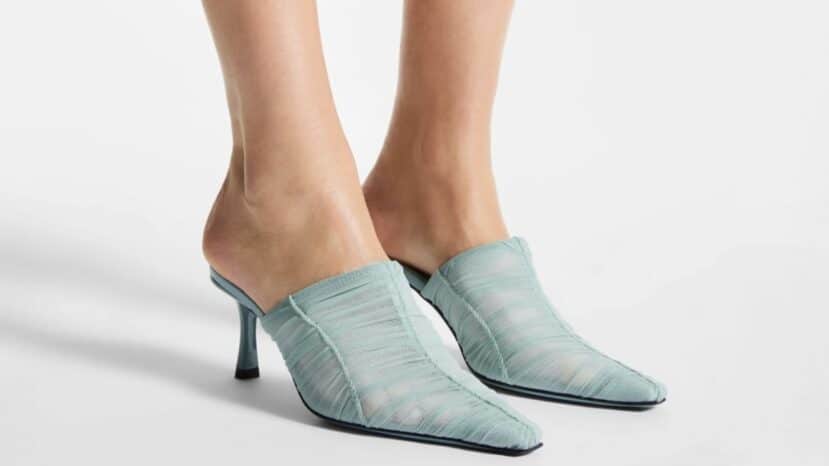
An icon of the 70s, the wedge heel is making a comeback. More sculptural, more assertive, they are seducing the most cutting-edge designers.
A revisited heritage
Long associated with the freedom of the seventies, the wedge heel evokes gentle insolence. They elongate the silhouette without assaulting it.
Today, they are back on the catwalks. But with a different interpretation. Less retro, more conceptual.
Houses are transforming it into an aesthetic manifesto. It becomes a volume in its own right, almost architectural.
Alaïa: the sculptural version
At Alaïa, the wedge heel becomes a pure object. Its line is clean, powerful and sensual. They hug the foot like a second skin.
The house opts for noble materials: smooth leather, deep suede, wooden platforms.
Each pair recalls the couturier’s obsession with the perfect shape. Here, comfort marries radicality.
Courrèges: the futuristic vision
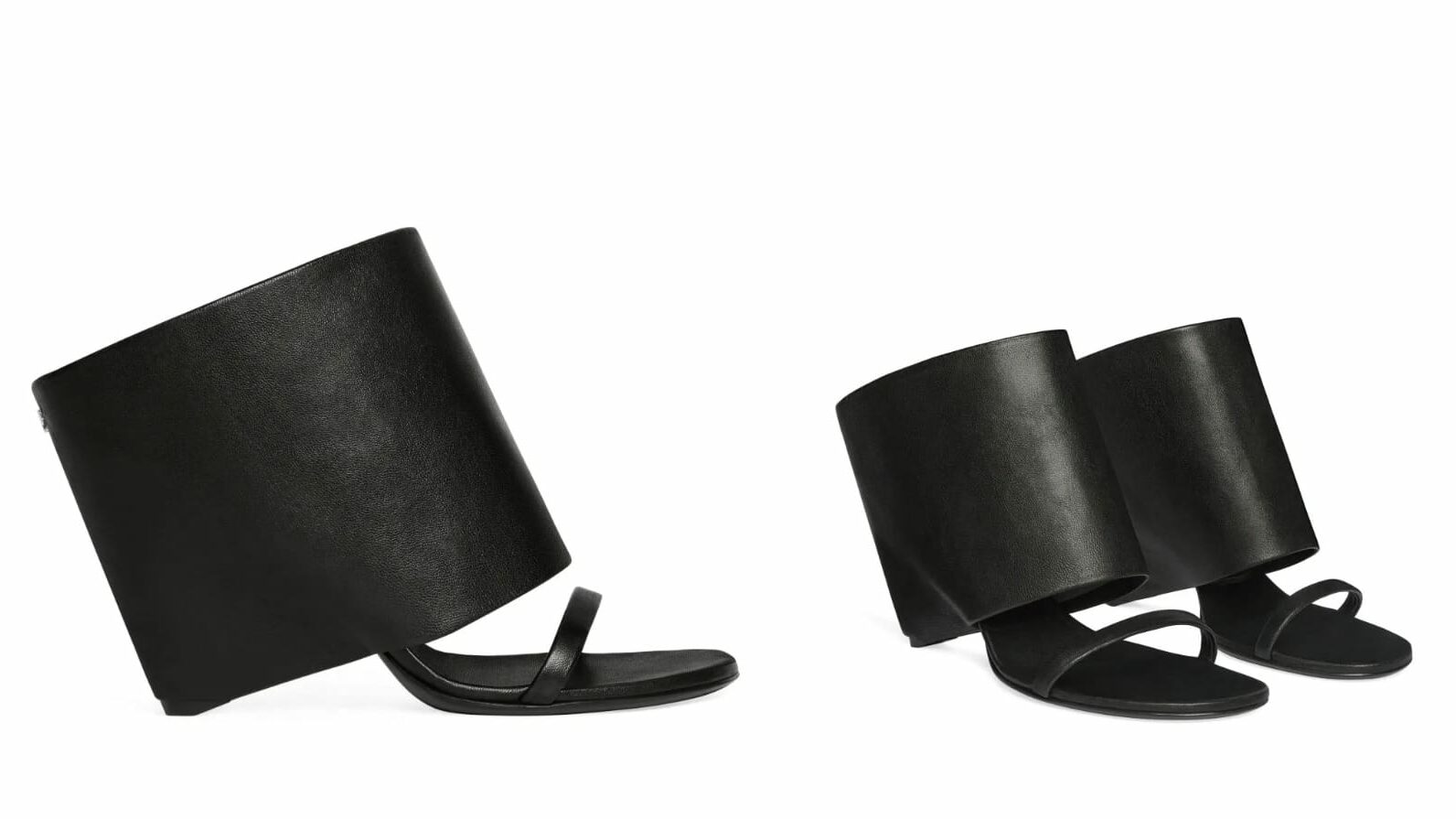
Courrèges takes audacity a step further. The wedges rise high, very high, like minimalist totems.
The heel melts into the sole. The foot almost floats.
The brand assumes a spatial aesthetic, inherited from André Courrèges. Lacquered white, PVC, smooth shapes. Nothing is left to chance.
These shoes extend the line of the body. They impose an allure. They create a powerful visual silence.
Why are you back now?
The wedge heel meets a precise need: comfort + visual impact. It allows you to dominate space without pain.
In a post-sneakers era, women are looking for something different. A stable yet assertive shoe.
This comeback is also a sign of nostalgia. That of a time when fashion dared to use mass and material.
Wedges reconcile weight and lightness. They capture the spirit of the times, while resisting the instantaneous.
Power and elegance
The wedge heel is more than just an accessory. They embody a posture. A way of moving forward without compromise.
From Courrèges to Alaïa, they inspire with their quiet strength.
Fashion doesn’t recycle them: it rethinks them. And, once again, it has become a strong stylistic statement.

